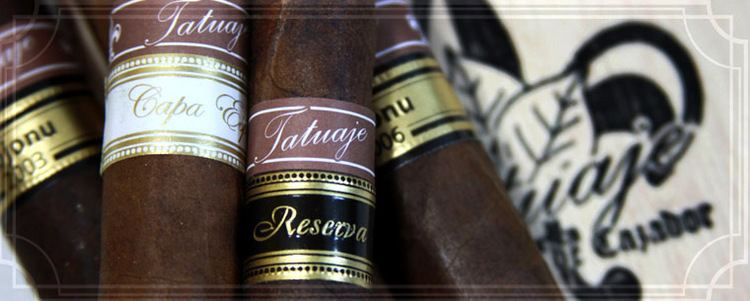 | ||
Tatuaje is a brand of handmade premium cigar owned by Tatuaje Cigars, Inc. It was created by Pete Johnson (owner of Tatuaje Cigars) in close consultation with José Garcia and is manufactured at the El Rey de los Habanos factory in Miami, Florida, and at Tabacalera Cubana S. A. (TACUBA) in Estelí, Nicaragua.
Contents
- Background and History
- Description
- Tatuaje Cabinet
- Tatuaje Reserva
- Tatuaje Havana VI
- Tatuaje Private Reserve
- Tatuaje RC
- Tatuaje Cojonu
- Series P
- Nuevitas Jibaro
- Special Productions
- Other Tatuaje Cigars
- AwardsRecognitionRatings
- References
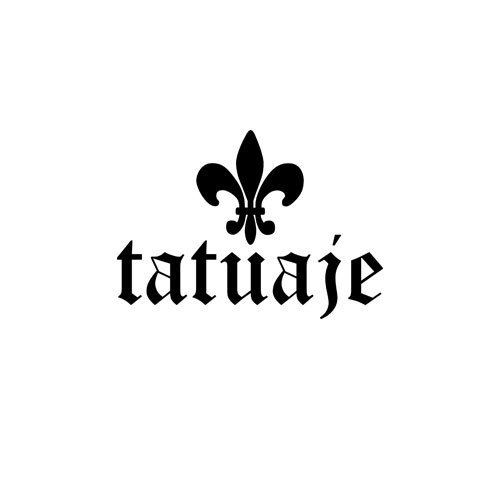
Background and History
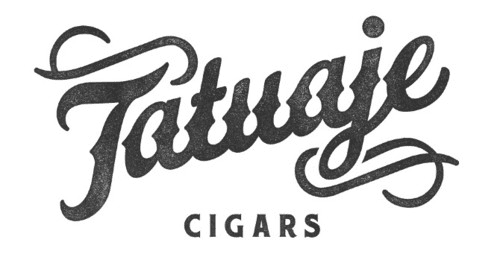
Tatuaje means "tattoo" in Spanish, and the name reflects Pete Johnson's tattoos. The brand was developed by Pete and Don Pepin, who worked in a very close collaboration to achieve the blend that Pete was seeking.
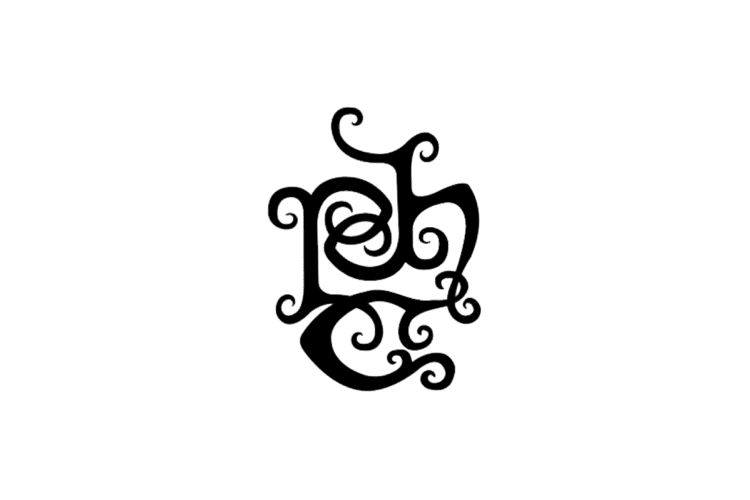
Tatuaje was the first brand that Don Pepin made on his own. The first Tatuajes were released in 2003. In the October, 2004, issue of Cigar Aficionado (CA), the Tatuaje Cabinet Especiales was given a rating of 90. The brand continues to get high ratings.
Description

The cigars can all be considered full-bodied cigars, but vary in strength. All are Nicaraguan Puros (constructed solely of tobaccos grown in Nicaragua). The brand consists of four ranges of regular production cigars along with several limited release vitolas (specific sizes) manufactured specifically for certain retailers.
Tatuaje Cabinet
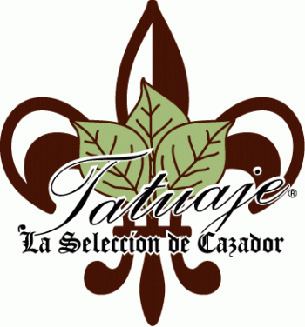
There are six (6) vitolas in this range. Seven are listed below, although the Petit is technically not a Cabinet vitola, but is unique to itself. The band is a simple brown band with white lettering. The Cabinet range uses a Corojo 99 viso wrapper, although those chosen for the Especiales are lighter in color. The filler blends vary, resulting in a range of strength from the refined mellowness of the Especiales to the near-Cuban strength of the Cazadores. A bit of trivia: the first initials of the first six vitolas as given here spell out the name of one of Pete's dogs, Hunter.
Tatuaje Reserva
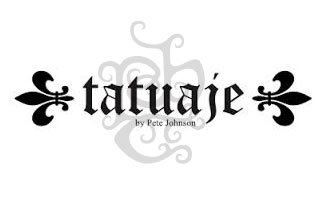
There are three (3) vitolas in this range. Again, the filler blends vary. The wrapper used is a Nicaraguan viso, except for the J21, which uses a ligero leaf, and the Regios Reserva, which uses Connecticut Broadleaf. The cigars sport a second band, black with Reserva and the frontmark in gold lettering.
Tatuaje Havana VI
A Nicaraguan long-filler puro, blended by Pepin to resemble the flavor profile of the medium-bodied Havana cigars of his youth. Trivia: the original six vitolas (the "VI" in the name) were named so that their initials spell out "Havana."
Tatuaje Private Reserve
The black-banded Private Reserve were originally a limited-production blend for Pete Johnson and those he chose to give them to. It was modeled after a cigar Johnson obtained from a local maker on a visit to Cuba. In 2011 the "Black Label" joined the regular-production lineup.
Tatuaje RC
There are but two vitolas in this range, both figurados. They are medium-bodied cigars which start out strong, then mellow gradually over the length of the cigar. The band is tri-colored, with red, white and blue stripes, and each cigar is foil wrapped from the head to the midsection, similar to the old Cuban style of foil-wrapped figurados. The numbers in the vitola name is the length in millimeters.
Tatuaje Cojonu
All of the vitolas in this range are full-bodied cigars. Beginning in August 2006, the wrapper was changed to a ligero from a viso wrapper. The latest and final edition of the Cojonu line is unique in that it includes three different wrappers: Ecuadorian Sumatra, Broadleaf Maduro, and Ecuadorian Habano. In addition to the regular Tatuaje band, there is a second, gold band with the year of that vitola's introduction in black, and in the 2012 edition each is distinguished by a different secondary band which is either white, black or gold referring to its wrapper leaf. The Gran Cojonu, however, is bandless. In addition, it has a shag (untrimmed) foot. The year in the model name refers to the year of introduction. Thus, the Cojonu 2003 was introduced in 2003. Plans are to introduce a new model every three years. The newest edition, Cojonu 2012 and came with some minor changes.
A new model/vitola of the Cojonu will be introduced every three years.
Series P
This range is a Cuban sandwich, which consists of 60% medium filler and 40% long-filler. Medium bodied, it is a Nicaraguan puro, and uses the same filler blend as the Havana VI, and is made at TACUBA in Estelí, Nicaragua. The wrapper is Nicaraguan Habano and the binder is, of course, also Nicaraguan. The brand was released in October 2006 in a range of four models. It has a simple white band with red lettering.
Nuevitas Jibaro
The Nuevitas Jibaro is actually not part of the Tatuaje line and was created by Pete Johnson. Although Pepin Garcia is usually associated with Mr. Johnson's cigars, he was not involved in the creation or production of this small line. They were made by Pedro Martin's old Tropical Tobacco (since purchased by AGANORSA and now known as Tabacalera Tropical)in Estelí, Nicaragua. The design of the cigar was modeled after a custom-rolled Cuban Cohiba. It was a very strong blend. Mr. Johnson discontinued production of the cigar rather than have the production moved to another factory.
The cigars were unbanded with an unfinished foot and the line was limited to two vitolas, both figurados, the No. 1 (5 x 54) and the No. 2 (6 x 52).
